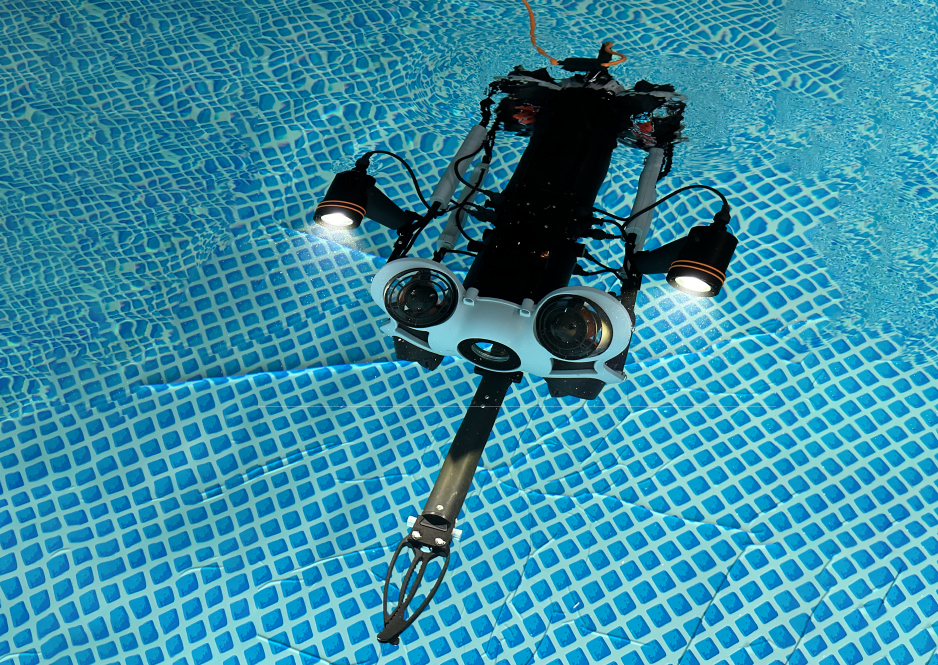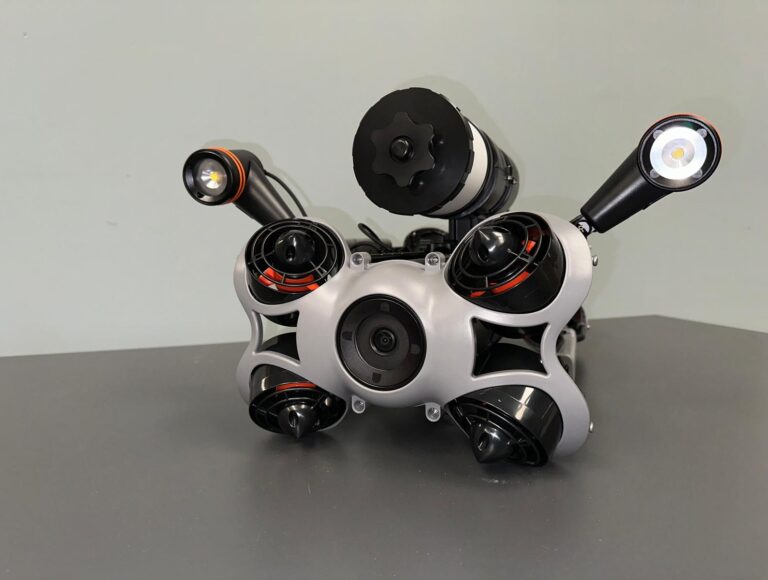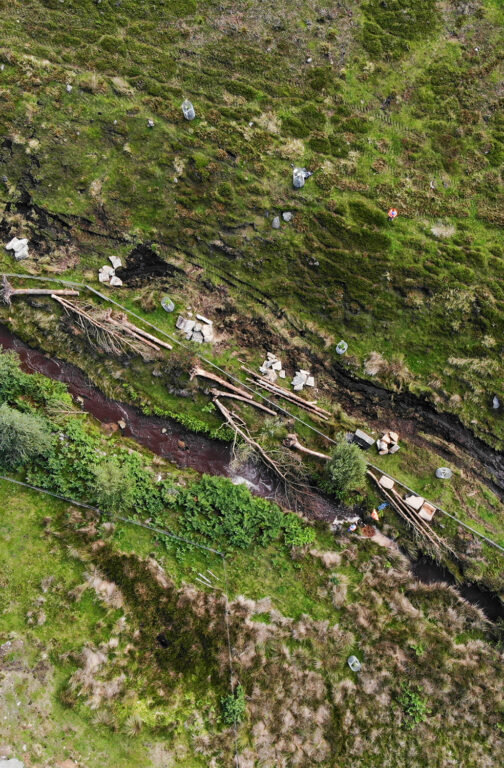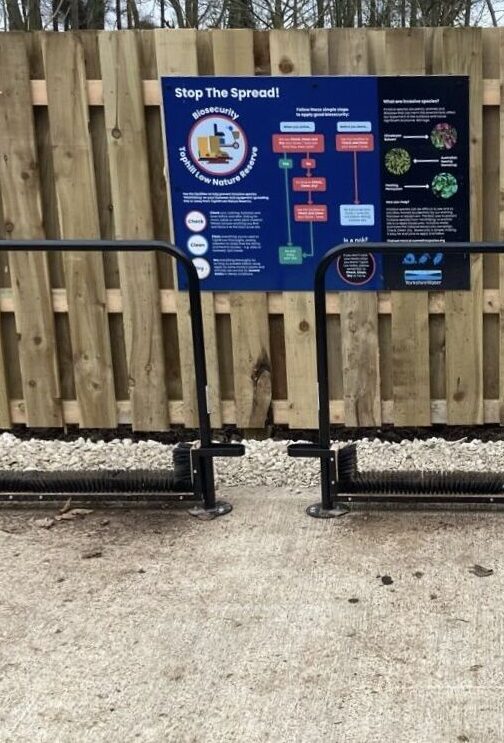Remotely operated vehicles (ROVs) offer an advanced solution to the challenge of spot sampling in treated water storage assets.
Regular water testing within potable water service reservoirs is crucial to maintain drinking water quality. However, gaining regular access to areas deep within the body of water is a significant challenge. Some areas within large tanks experience low turnover, which results in the water becoming stagnant, lowering the water quality. Gaining a detailed understanding of where water might be stagnant and how it affects water quality is vital to inform the optimal layout for water movement and overall management of reservoirs.
Challenges of water sampling.
Regulatory sample taps are connected to the outlet pipes to obtain water; this water is representative of the water exiting the service reservoir and heading to customer taps. The water in these pipes usually experiences good circulation, adequate disinfection and minimal time in the service reservoir. Samples taken from these points represent the overall water quality in the tank but only provide a limited one-dimensional picture.
Sampling throughout the main body of the reservoir would provide comprehensive results, and while such sampling is logistically challenging, it must be achieved to provide a complete picture of the water quality and health of the tank. This is because large tanks may contain areas prone to poor water quality. Tank corners and spots furthest away from inlet and outlet pipes often experience low water turnover due to poor flow dynamics and inefficient circulation, and water here can become stagnant.
Drinking water quality in the UK is excellent but never sterile. Spots of low-turnover water can allow organic sediment and other contaminants to accumulate and become breeding grounds for bacteria regrowth. As well as encouraging microbial growth, these compounds can alter taste and odour. In addition, as these areas already have low disinfectant levels due to the age of the water, any ingress that occurs provides an opportunity for introduced bacteria to thrive.

How ROVs improve water quality monitoring.
Utilising technological advancements, Stonbury company Panton McLeod offers ROV spot sampling as a solution to the challenge of thorough and accurate water sampling. As these Regulation 31-approved vehicles can move freely throughout operational tanks, they enable sampling to occur throughout all tank areas at varying depths.
ROV scoping allows drinking water quality to be monitored throughout an entire reservoir in real-time, providing an accurate representation of the water being delivered to customers. Enhancements can be made to flow dynamic models, and this information can be used to improve water quality where necessary. Another significant advantage of the technology is the opportunity for rapid deployment during any event requiring immediate internal inspection without draining the tank.
Panton McCleod’s ROVs have several applications, not limited to spot sampling. These include:
Targeted water sampling
ROVs can be directed to precise locations without disturbing the body of water to collect water from traditionally unmonitored areas. Equipped with an in-built sampling system, the ROV can be used to sample and analyse chemical and physical parameters, including pH, chlorine levels, turbidity, and microbiological organisms.
Sediment collection
Specialised tools and attachments can collect sediment samples for analysis in a laboratory.
Visual inspections
High-definition cameras attached to ROVs can be used to inspect the internal condition of the tank for any issues, e.g. structural, ingress or egress, wall lining condition, washout and overflow assessment, and any other problem areas.
Microbial monitoring
ROVs can be equipped to take microbiological samples to detect the presence of bacteria such as E. coli, coliforms and plate counts.
The future of ROV technology services.
As technology advances, its application in managing wholesome water is expanding. With the integration of artificial intelligence, ROVs might collect samples and analyse the data in real-time.
ROVs offer a cost-effective and cutting-edge solution to the challenge of water quality sampling in drinking water storage assets. Their ability to access hard-to-reach areas, collect accurate samples, and provide detailed insights transforms how water companies are managed and how safe drinking water is maintained.






